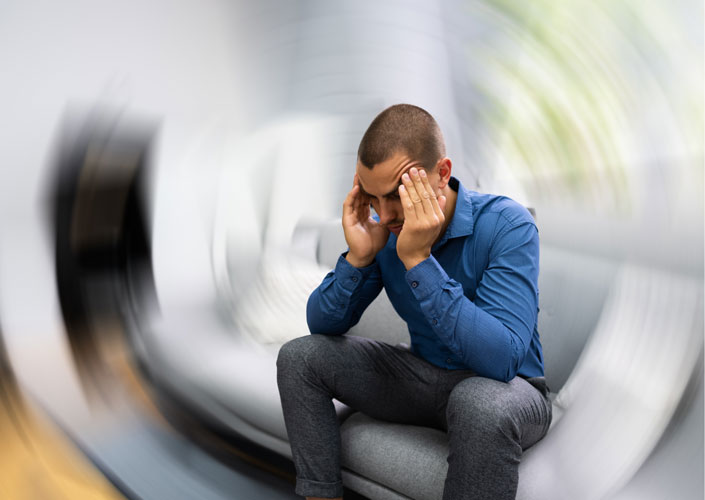Stroke, a leading cause of long-term disability, can have a profound impact on an individual’s physical, mental, and emotional well-being. While stroke rehabilitation typically involves various medical interventions, incorporating complementary therapies such as massage can provide significant benefits. Massage therapy has shown promising results in improving the
quality of life and aiding in the recovery process for stroke patients. In this blog post, we will explore the potential benefits of massage for stroke patients and how it can contribute to their overall well-being.
Relaxation and Stress Reduction
Massage therapy offers a calming and soothing experience for stroke patients. The gentle touch and rhythmic movements of massage promote relaxation, reduce stress levels, and alleviate anxiety. By activating the parasympathetic nervous system, massage helps to lower heart rate, blood pressure, and cortisol levels. This relaxation response can enhance the overall sense of well-being, promote better sleep patterns, and contribute to the reduction of post-stroke depression and anxiety.
Improved Circulation and Muscle Tone
Stroke often disrupts blood flow to certain areas of the brain, leading to muscle weakness and impaired motor function. Massage therapy can stimulate blood circulation and promote the delivery of oxygen and nutrients to affected tissues. By increasing blood flow, massage helps to restore muscle tone, reduce muscle stiffness, and improve range of motion. The
gentle kneading and stroking techniques can also help break down scar tissue and adhesions, enhancing the flexibility and mobility of affected muscles.
Sensory Reintegration
After a stroke, some individuals may experience sensory disturbances, such as numbness or hypersensitivity in certain areas of the body. Massage therapy can aid in sensory reintegration by stimulating nerve endings and enhancing proprioception. The tactile stimulation provided during massage sessions can help reestablish connections between the brain and the affected body parts, improving sensory perception and promoting a sense of body awareness.
Pain Management
Post-stroke pain is a common challenge for many individuals. Massage therapy can be an effective non-pharmacological approach to manage pain in stroke patients. Through the release of endorphins, massage can provide natural pain relief. Specific techniques such as trigger point therapy and myofascial release can target areas of muscular tension and pain, providing relief and improving overall comfort levels.
Emotional Support and Well-being
The emotional impact of stroke should not be overlooked. Depression, anxiety, and feelings of isolation are common among stroke survivors. Massage therapy offers a safe and supportive environment for emotional healing. The human touch provided by massage therapists can foster a sense of connection, trust, and compassion. Regular massage sessions can help stroke patients combat feelings of loneliness, improve their mood, and enhance their overall quality of life.
Massage therapy can play a valuable role in the holistic rehabilitation of stroke patients. By addressing physical, mental, and emotional aspects of recovery, massage offers a multifaceted approach to promote healing and enhance well-being. However, it’s important to consult with healthcare professionals and work with licensed massage therapists experienced in working with stroke patients to ensure safe and effective treatment.
22/08/2023
